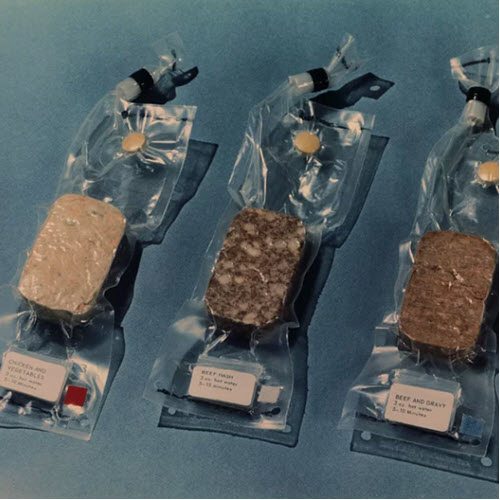On April 16, 2022, astronauts John W. Young, Charles M. Duke Jr., and Ken Mattingly launched from the Kennedy Space Center in Florida for the fifth lunar-bound mission. It was Apollo 16.
It was the Apollo 11 mission when man first walked on the moon on July 20, 1969. From the lunar surface, Neil Armstrong and Buzz Aldrin saw the spaceship Earth, the home we all share, reminding us what we have in common is so much greater than our differences. It brought some much-needed perspective to the end of the turbulent ’60s.

The moon landing became the matra of a can-do attitude: “if we can put a man on the moon, we can ‘blah'” – you fill in the ‘blah.’
Much of the commonplace conveniences in today’s high-tech world were born from the space program. But all that money spent for a few men to stroll on the moon was more than just a feel-good moment. NASA keeps track of its tech spinoffs that help life improve the life of Earthlings. Here are just a few.
Water Filtration
NASA developed a lightweight water purification system for human space flight. It used silver ions (atoms that have lost electrons) to kill bacteria instead of eye-stinging chlorine. The water filtration systems developed for Apollo are the same as those used in homes and office buildings. Today the NASA system helps keep the water in cooling towers clean, supporting air conditioning across the planet.
Freeze-dried Food
The first human to eat in space was the person in space – Yuri Alekseyevich Gagarin. He squeezed a beef and liver paste from a tube, then chocolate sauce for dessert. It was on the Vostok 1 in April 1961. In February 1962, John Glenn, on Friendship 7, became the first American to have dinner in space. He squeezed applesauce from a toothpaste-like tube.
You’d be correct in assuming these were not the most appealing culinary experiences.

NASA made the astronaut diet a priority and, in doing so, took the art of freeze-drying food to another level. They found ways to freeze-dried delicacies such as chicken and vegetables, beef hash, and beef and gravy. It was rumored that a favorite was shrimp cocktail. Apparently, shrimp hydrates really well.
Today, freeze-drying helps fight world hunger by preserving food to reach places without refrigeration. Freeze-dried food packs are popular with campers and backpackers. And it’s a big hit with survivalists stocking shelters in preparation for the apocalypse.
Cordless Devices
The next time you use a cordless screwdriver to get in that out-of-the-way place, you can thank the NASA engineers. The astronauts needed tools to gather the moon rocks to bring back to Earth for analysis. NASA contracted companies to develop things such as cordless rotary hammer drills to take moon samples.
This cordless innovation helped feed into areas from vacuum cleaners to medical devices.
Integrated Circuits
The computations for a journey to the moon were massive. And in the 1960s, the computers required for these calculations were just as massive.
The Apollo program required shrinking these machines for space travel. And one way to do this was the miniaturization of electronics. Thus, the mother of all inventions, necessity, gave birth to the integrated circuit.

A conventional electronic circuit was individual components such as resistors and capacitors connected with copper wire. It was large and bulky. An integrated circuit, or an IC, is a self-contained small chip of semiconductor material. It produces the same functions as a traditional circuit but is more efficient in size and energy usage. It was a perfect fit for space travel.
Apollo’s integrated circuits became the basis for developing the personal computer and pretty much everything for today’s Internet-driven culture.
Moon Tech Myths
Usually, we do not give the space program credit it deserves for the technology it spun off into our lives. But there are some urban legends where it got more of a lift than justified.
One popular myth is that NASA developed Teflon. It makes sense since it is a heat-resistant material that space missions require. But it was invented by accident in 1938 at DuPont by Roy Plunkett, researching new refrigerants.
Another Apollo credit misconception was Velcro. It was invented in the 1940s in Switzerland by George de Mestral and was not a byproduct of the space program.
The technology born from Apollo has had a profound impact on our everyday lives. The next time you sit down to enjoy a meal of freeze-dried ice cream or play a game on your phone, remember that it all started with one small step for man and one giant leap for mankind.
Thanks, Apollo!
See more interesting topics from the BoT blog.
You may not need to go to the moon, but you need tech. And TecAdvocates can help.
Leave a Reply